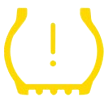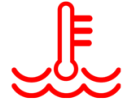This overview explains the most essential general warning lights. For more and specific warning light details please check your owner’s manual or contact your garage.
Green
The system is working correctly or is currently in use.
Yellow
Something is not working correctly take extra care and check it out as soon as possible.
Red
There is a serious, and potentially dangerous problem. Stop driving as soon as it is safe to do so
Red Warning Lights Symbols
Yellow Warning Light Symbols
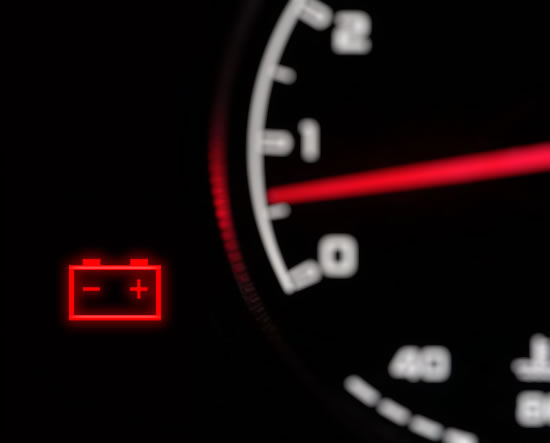
Your car will run as normal until the battery is dead but once it is drained nothing in your car will work – so get to a garage quickly before you run out of juice! If you do run out of charge, you can try to jump start it, or call for recovery.
Your car will run as normal until the battery is dead but once it is drained nothing in your car will work – so get to a garage quickly before you run out of juice! If you do run out of charge, you can try to jump start it, or call for recovery.

You shouldn’t risk it. The brakes are one of the most important safety features of your car, so it’s important to act immediately when you see this red car warning light. Pull over and stop as soon as it’s safe to do so – keep your speed low and avoid braking suddenly. Don’t risk driving when your brakes are not functioning properly.
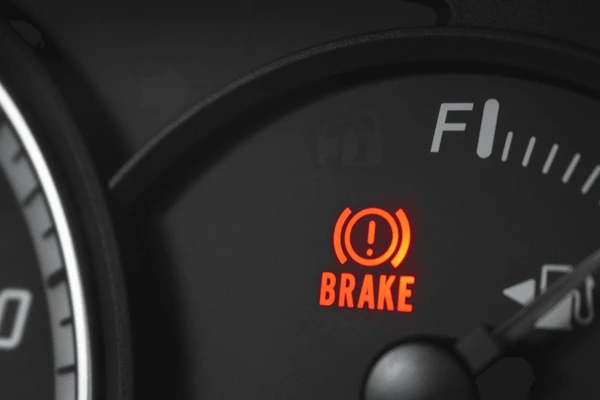
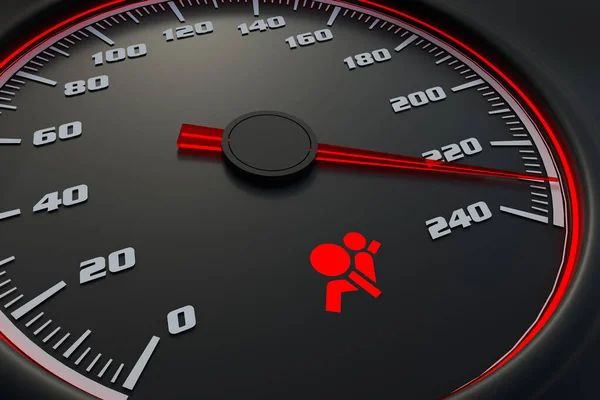
If the airbag system is not working properly, it may not go off in a crash – or in some cases it could even deploy unexpectedly and cause a crash. Either way, the airbag system is an incredibly important safety feature of your car so if this light comes on please get it checked out immediately.
If the airbag system is not working properly, it may not go off in a crash – or in some cases it could even deploy unexpectedly and cause a crash. Either way, the airbag system is an incredibly important safety feature of your car so if this light comes on please get it checked out immediately.

You can but if the power steering system fails you will notice that the car is harder to manoeuvre and you should take extra care – it could be dangerous to drive at high motorway speeds without power steering assistance.
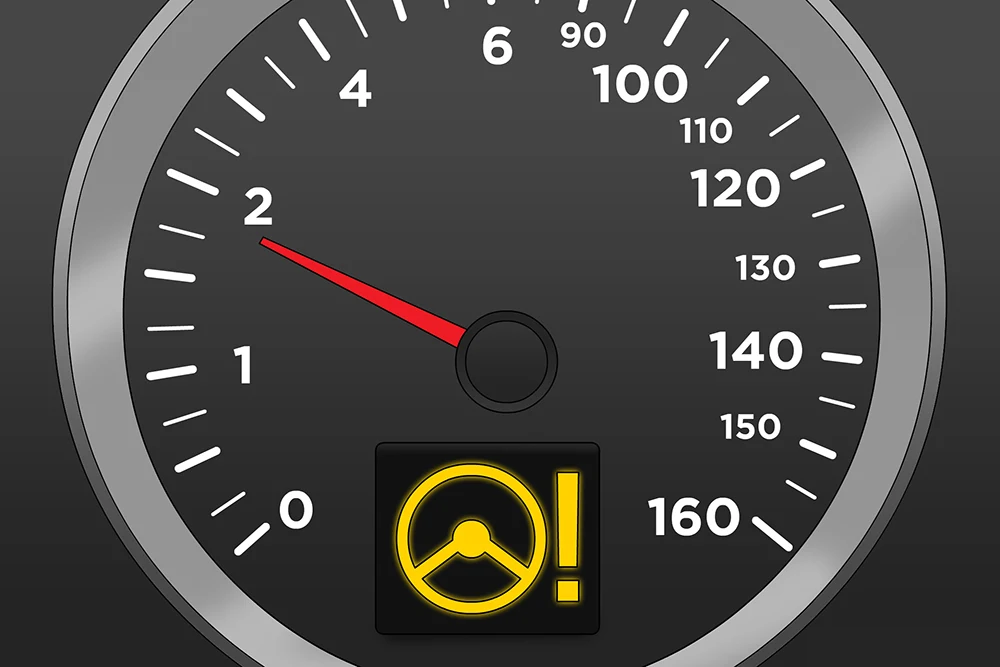
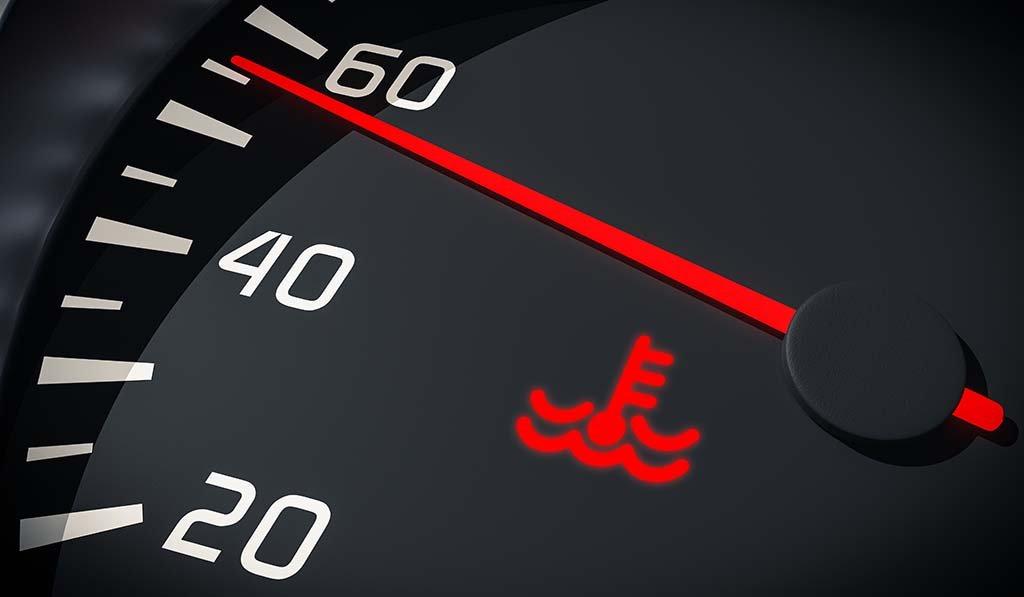
If this light is red you should stop straight away, as without enough coolant your engine could get so hot that it effectively welds itself together, causing irreparable damage. Stop and wait until the engine has cooled off before checking the gauge on the side of the coolant tank under the bonnet, topping up as required. Read our guide to checking your engine coolant. While you’re under the hood, have a look to see if there are any obvious leaks. If you can’t see any and the light goes off after topping up then you should be fine to continue your journey. If the light comes back on again after topping up you should get it checked out immediately to fix the underlying problem.
An overheating engine can cut out as well. Rather than risk it, you should call for recovery.
If this light is red you should stop straight away, as without enough coolant your engine could get so hot that it effectively welds itself together, causing irreparable damage. Stop and wait until the engine has cooled off before checking the gauge on the side of the coolant tank under the bonnet, topping up as required. Read our guide to checking your engine coolant. While you’re under the hood, have a look to see if there are any obvious leaks. If you can’t see any and the light goes off after topping up then you should be fine to continue your journey. If the light comes back on again after topping up you should get it checked out immediately to fix the underlying problem.
An overheating engine can cut out as well. Rather than risk it, you should call for recovery.

When this light comes on you should stop as soon as possible and turn off the engine. Have a look for any obvious oil leaks under the car, and then check the oil levels, topping up if necessary. If the oil levels are fine, then the oil pump may be faulty. In this case call for recovery if you have breakdown cover, as driving any further could damage the engine. Watch our video guide to checking your car’s engine oil. While you’re under the hood, have a look to see if there are any obvious leaks. If you can’t see any and the light goes off after topping up then you should be fine to continue your journey. If the light comes back on again after topping up you should get it checked out at a garage to fix the underlying problem
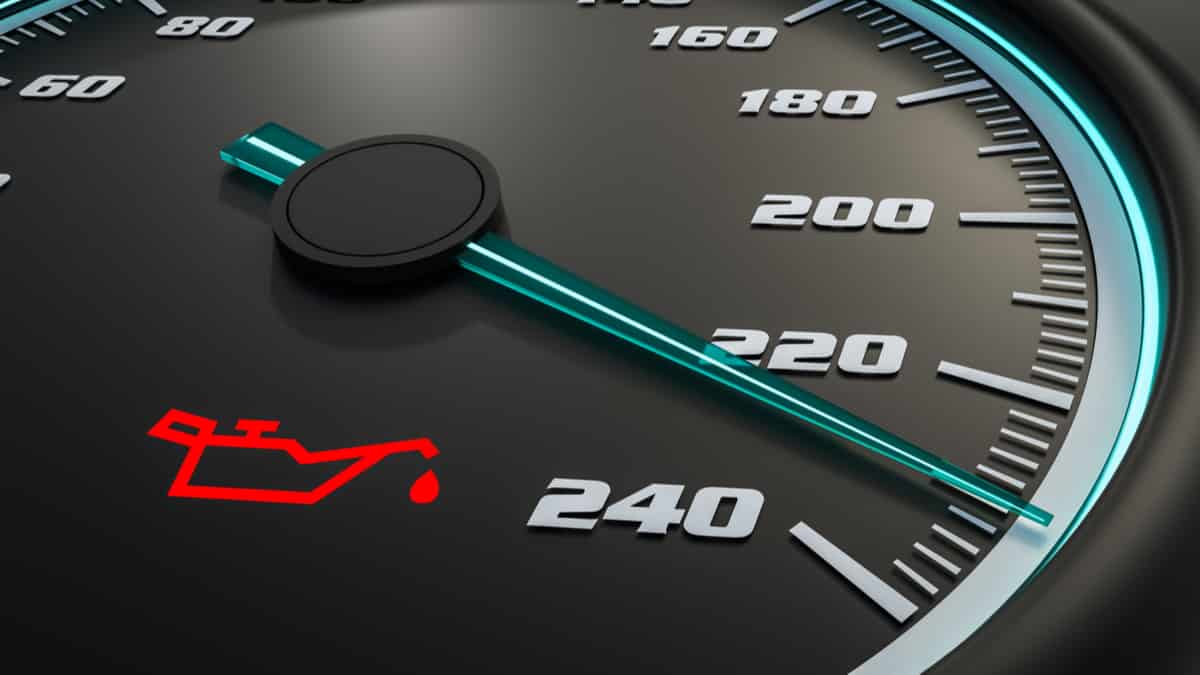
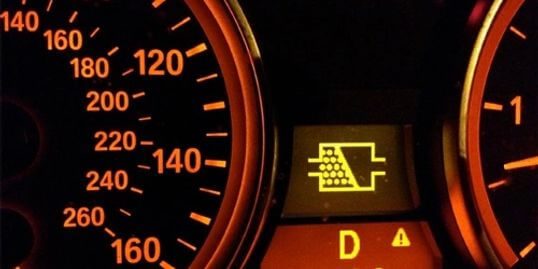
As well as releasing a plume of toxic black smoke every time you press the accelerator, driving with a blocked filter could cause more serious damage to your car. You should go to a garage to get it checked as soon as you can, as these filters can be expensive to replace.
As well as releasing a plume of toxic black smoke every time you press the accelerator, driving with a blocked filter could cause more serious damage to your car. You should go to a garage to get it checked as soon as you can, as these filters can be expensive to replace.

Avoid making any long journeys without sufficient coolant: you should stop and top up as soon as possible otherwise you risk causing serious damage to your car. Wait for the engine to cool down before topping up. Read our guide to checking your engine coolant. If this light comes on often, get your car serviced to check there isn’t a leak somewhere.
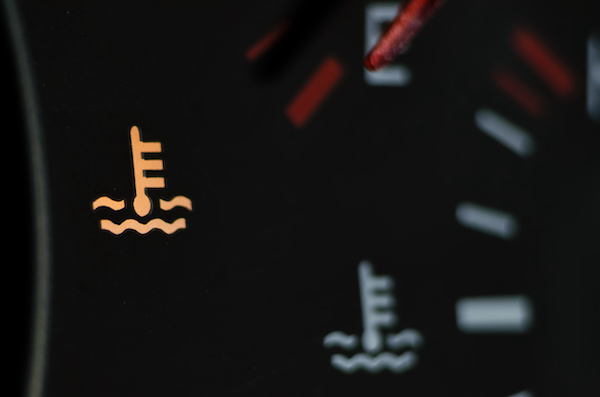
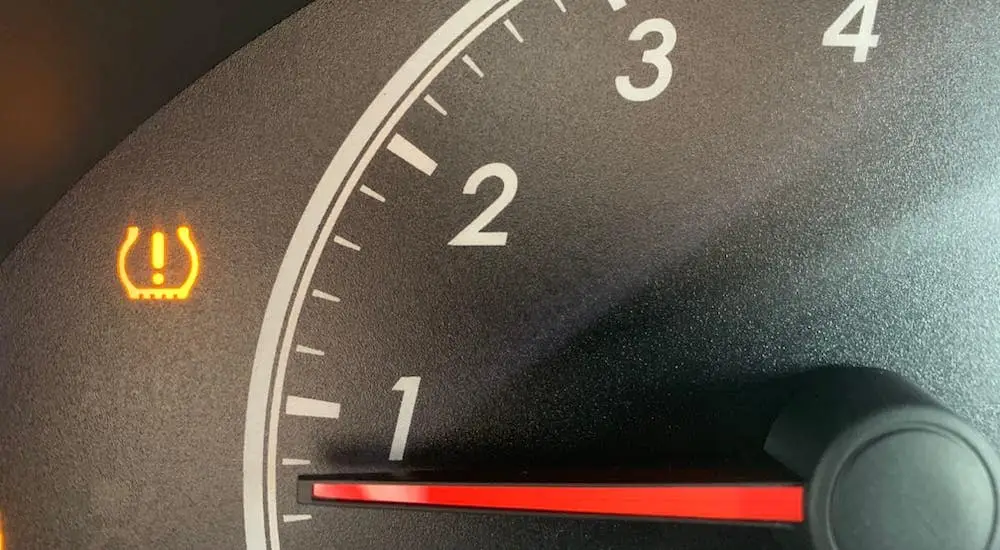
Yes, but you should drive with extra care and aim to top up with air at the next opportunity. Low tyre pressure can cause unsafe driving conditions so reduce your speed and try to avoid braking suddenly or making any violent steering manoeuvres. Most petrol stations and garages will have an air compressor you can use to check your tyre pressure. Top up the air in the tyres according to the vehicle manufacturer specification in your owner’s manual.
Yes, but you should drive with extra care and aim to top up with air at the next opportunity. Low tyre pressure can cause unsafe driving conditions so reduce your speed and try to avoid braking suddenly or making any violent steering manoeuvres. Most petrol stations and garages will have an air compressor you can use to check your tyre pressure. Top up the air in the tyres according to the vehicle manufacturer specification in your owner’s manual.

If the ABS light comes on by itself you should still have normal, unassisted braking, so it’s safe to continue your journey – but keep your distance, take extra care, and get it checked as soon as possible. If it comes on with the brake warning light, it could indicate that the brake system is failing and you should stop straight away and call for recovery.
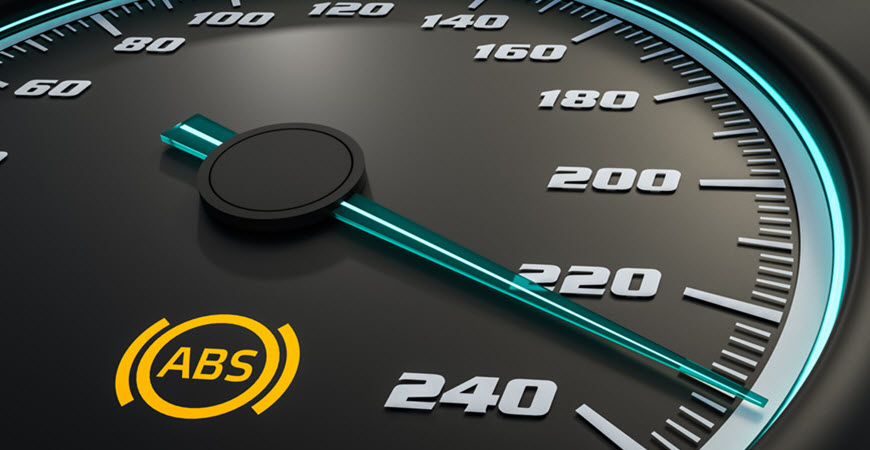
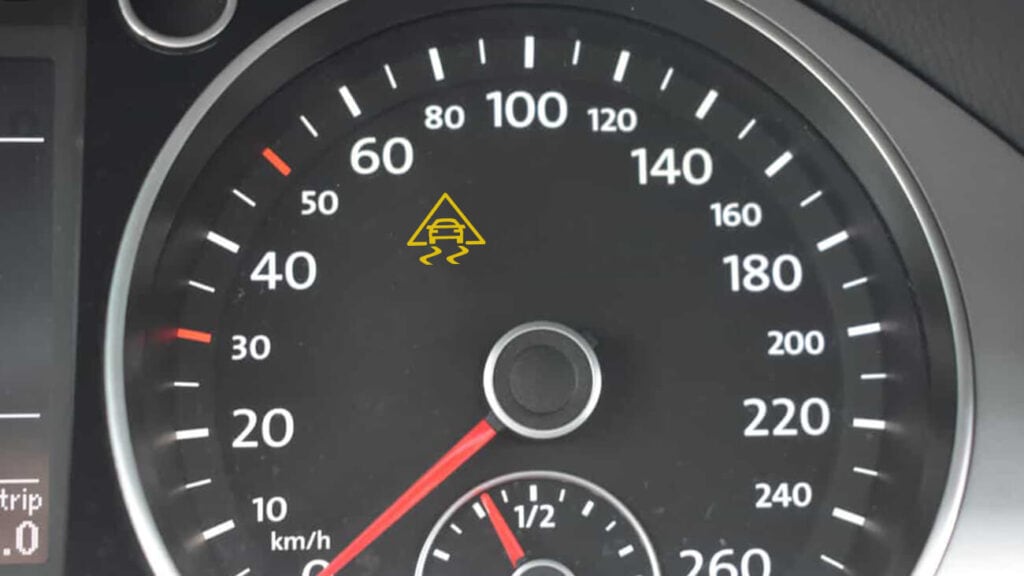
The ESP light will light up with the word ‘OFF’ if the system has been deactivated, in which case you may have inadvertently turned it off. To check, try stopping and restarting the engine. If the light remains on after restarting get it checked at a garage as the ESP system is an important safety feature.
The ESP light will light up with the word ‘OFF’ if the system has been deactivated, in which case you may have inadvertently turned it off. To check, try stopping and restarting the engine. If the light remains on after restarting get it checked at a garage as the ESP system is an important safety feature.

This car warning light should come on before the brake pads become dangerously thin, so you have time to get them changed. You should replace as soon as you can though, as if they wear out completely it could be extremely dangerous.
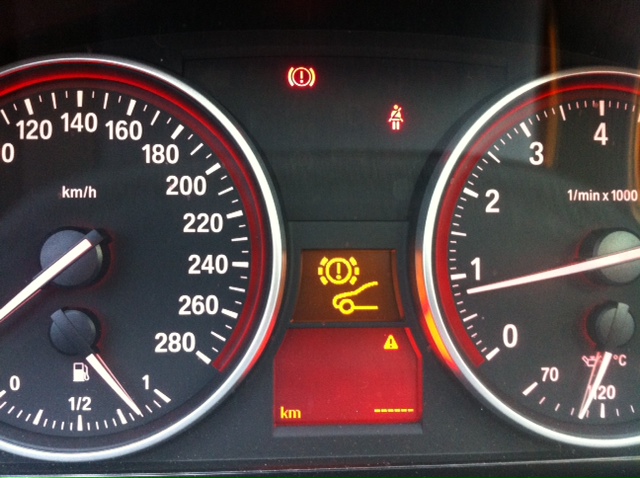
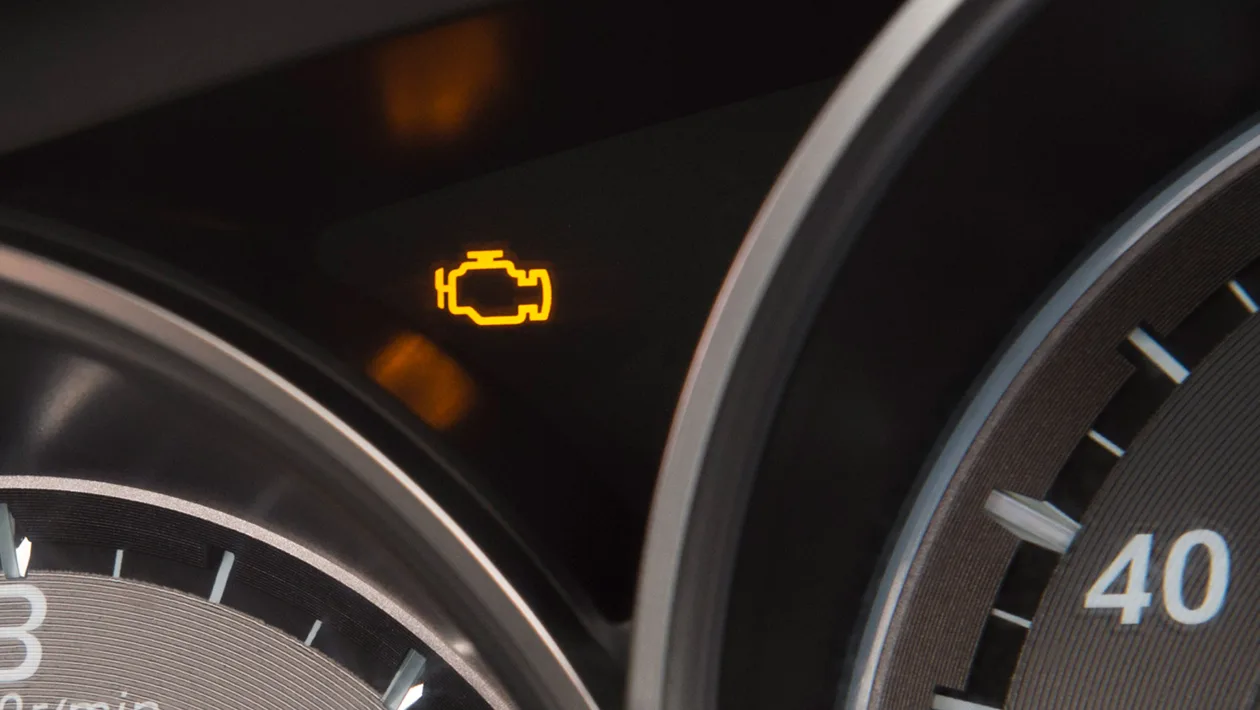
If the check engine light comes on you should get it checked as soon as you can, as by continuing to drive you risk causing further, potentially irreparable damage to your engine.
If the check engine light comes on you should get it checked as soon as you can, as by continuing to drive you risk causing further, potentially irreparable damage to your engine.








